An iconic Figure in Animation
Toon Betty or known as Betty Boop was an iconic figure in animation, from her early beginnings to her huge following in today’s society. A symbol of the bygone era of roaring 20’s and 30’s debauchery. Popular with both young and old, were captivated by her character and child-like nature, as well as her feminine charm. In this post I will be exploring her past and how she came to life, including her rise to stardom and longevity in Western culture.
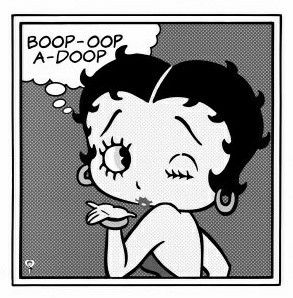
Betty’s first inception started as an anthropomorphic poodle character, created by two Austrian brothers by the name of Max and Dave Fleischer. The two brothers completed their first animation cartoon in 1915 with Max inventing the Rotoscope, a device used to save time and labour by tracing animated figure movements (frame by frame) from live action film creating more life like movements. Max being an Art Editor for a science magazine became fascinated by early attempts at animation and convinced he could improve on the jerky movements he saw on film screens. Their credits included invention, film directing and producing as well as animation, thus being identified as animation pioneers which led them to open Fleischer studios in 1929. After which they were referred to as being part of the “East Coast Style of Animation”. For more indepth information regarding Max Fleischer and his film studios – you can delve into some of many books written about him here.
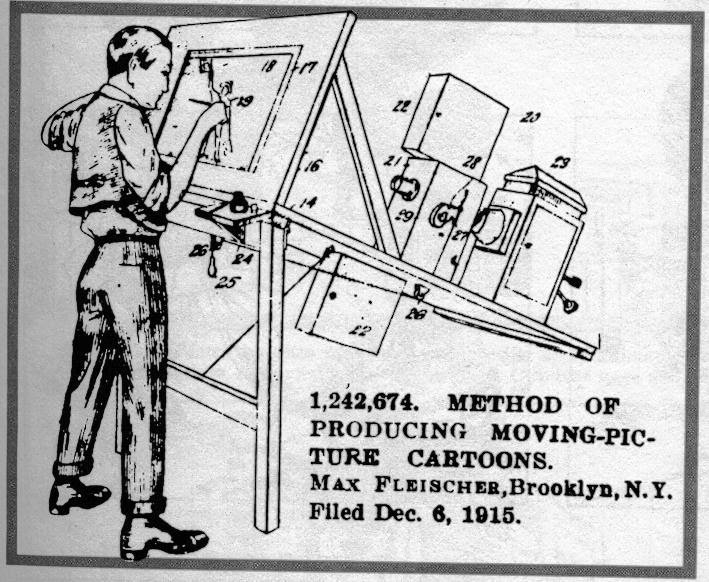
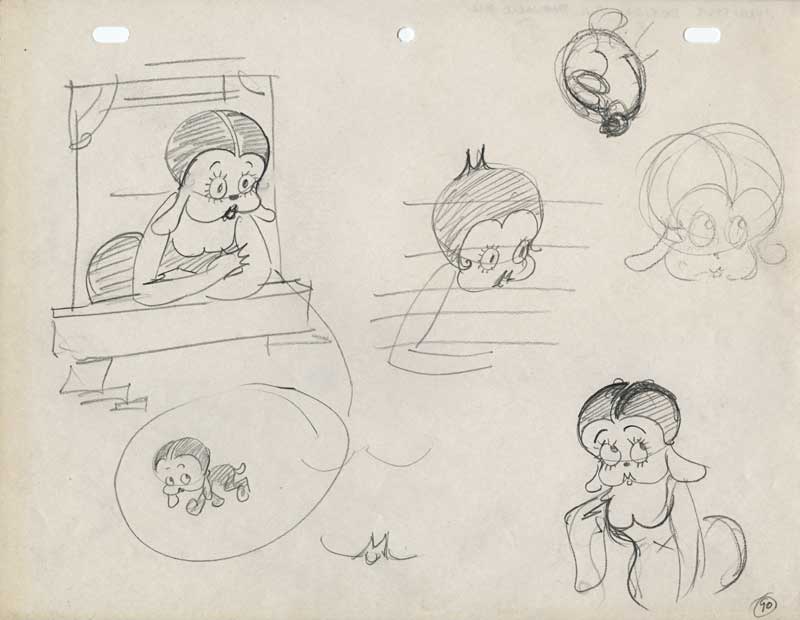
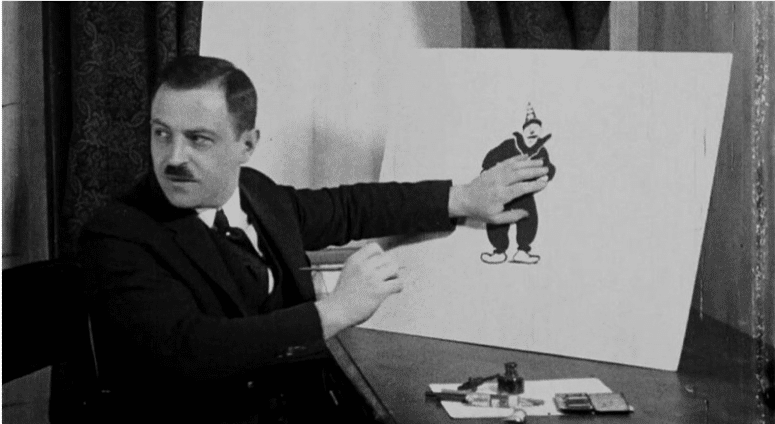
Early beginnings saw Betty ( yet to be evolved human) portrayed as a curvaceous canine caberet singer in the short film “Dizzy Dishes”, then in individual cartoons referred to as “Nancy Lee” or “Nan McGrew” inspired by the 1930’s film “The Dangerous Nan McGrew” staring Helen Kane, cast as a nightclub singer/side character appearing to win the affections of canine star Bimbo. Within that year, the Poodle character was morphed from a female dog into a fully human cartoon character, and in 1931 her name was established by screen songs cartoon “Betty Coed” but inspired by popular performance styles of Clara Bow, Helen Kane and Baby Esther.
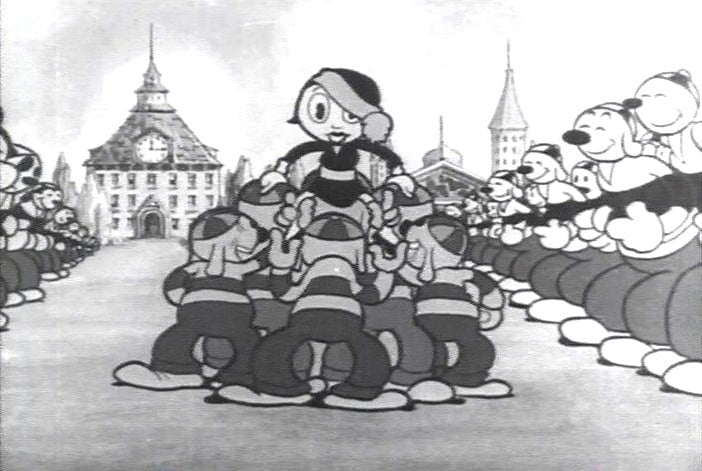
Later cartoon appearances saw Betty reveal her gradual evolution into a fully human form. Animation artists such as Grim Natwick who had a big input into Betty’s creation, would caricature performers, especially Helen Kane who’s signature line was “Boop Oop a Doop” giving her the iconic name. With back up artists Bernie Wolf, Otto Feuer, Seymour Kneitel, Doc Crandell, Willard Bowski and James Culhane, and the release of the short film “Any Rags” she was then forever established as a female character. Margie Hines provided the original voice for Betty but not envisaged as a cartoon version of anyone in particular, but as a prototype of the Jazz Age Culture. A figure who appeared in short animated films throughout the Great Depression.
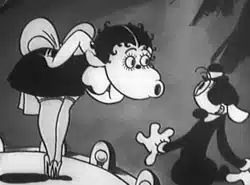
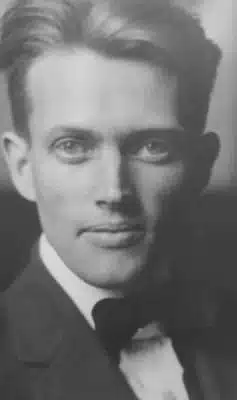
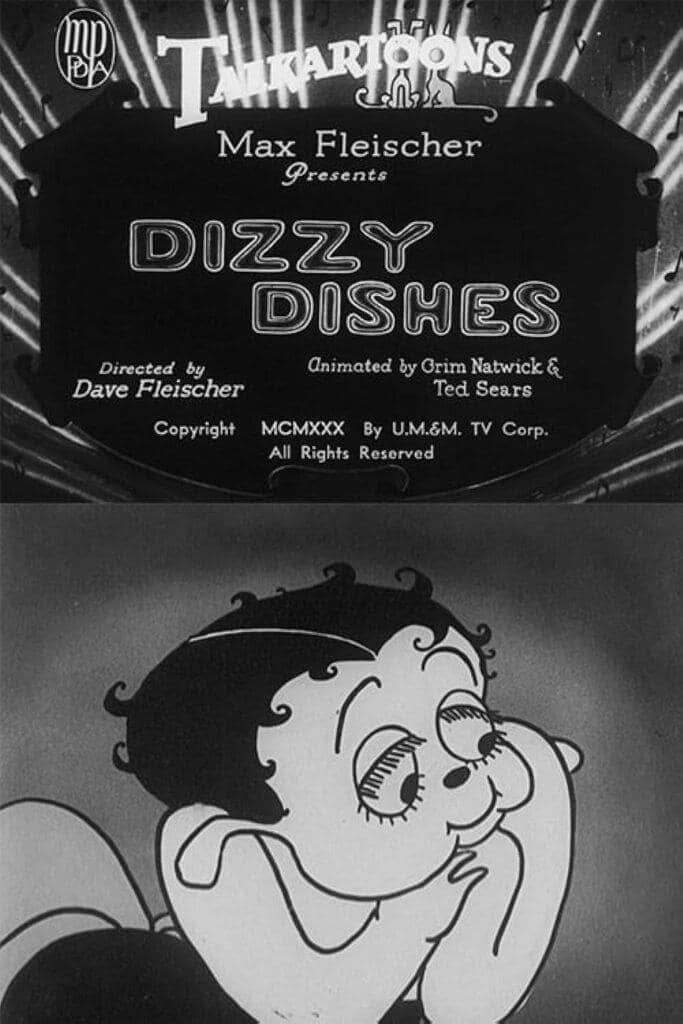
Traits and Character Arc of Toon Betty
Betty’s character traits were of a playful flirty Jazz Aged flapper with child like features. She had a baby face that was large and round with doe eyes, big lashes and a button nose. Her small french doll figure was modeled after Mae West’s, with a meticulous distinctive spit curl hairdo. She was the archetypal flapper girl with more heart than brains, the speakeasy Girl Scout with a heart of gold.

Betty appeared as a supporting character in 10 Fleischer cartoon films that were characterized by their loose, metamorphic style in adult situations, designed to appeal to mature members of movie audience. Different voice actors also played her part, in particular May Questrel from 1931 to 1939 who imitated Betty’s high pitched New York twang. By 1932 Betty starred in the Talkartoons series which saw her in “Minnie the Moocher” performing opposite her Jewish immigrant parents, and then in “Poor Cinderella” depicting her with red hair, more centered on younger audiences.
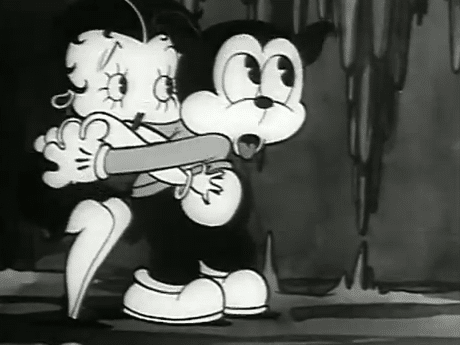
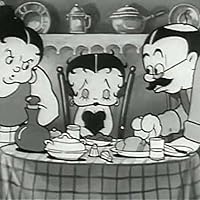
Then in that same year her own series was created, starting with “Stop the Show” that became was very popular the 1930’s were all produced by Fleischer Studios and released by Paramount Pictures, thus earning her the title of “Queen of Animated Films. However during the mid 1930’s she was toned down to appear more demure to children, due to the “Hay’s Code” – the ruling was a self imposed industry set of guidelines for all motion pictures till 1968. This rule didn’t stop her appearing in 90 theatre cartoons between 1930-1939. Her popularity soured during the Great Depression and her creators acknowledged that she was a true original. She was voted as animations “first fully developed and liberated female character” by animation historian Charles Solomon.
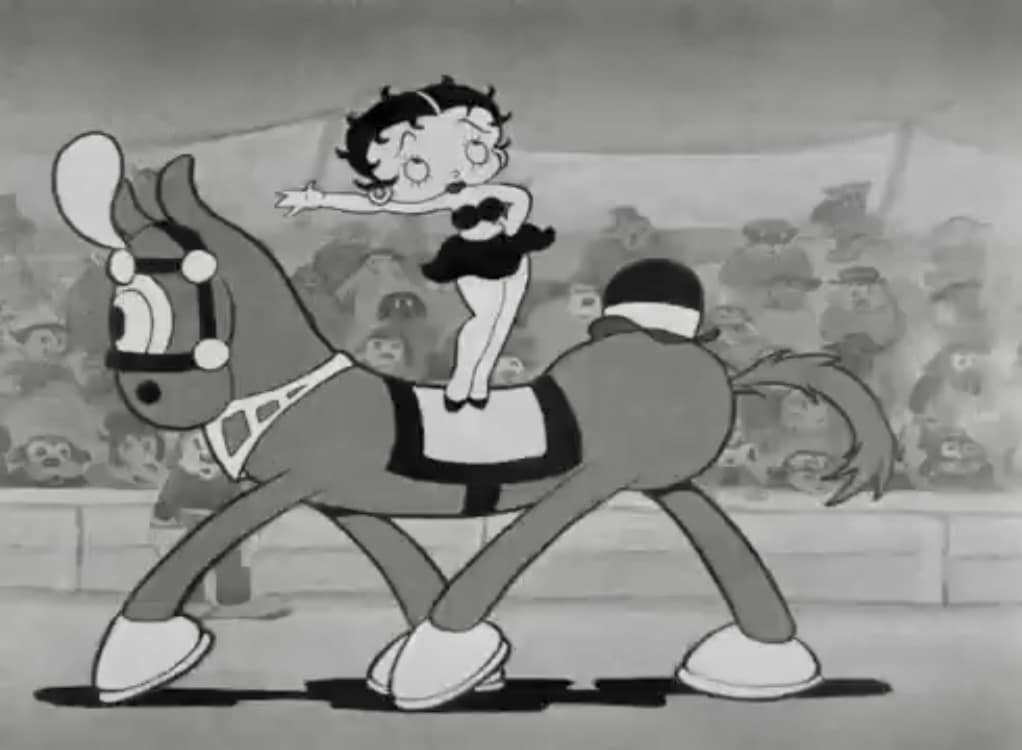
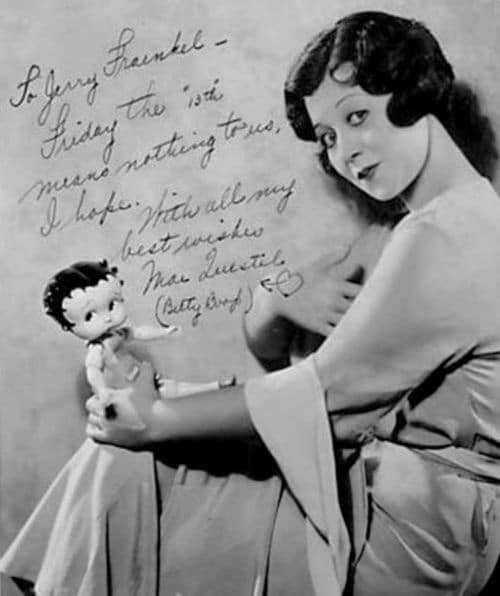
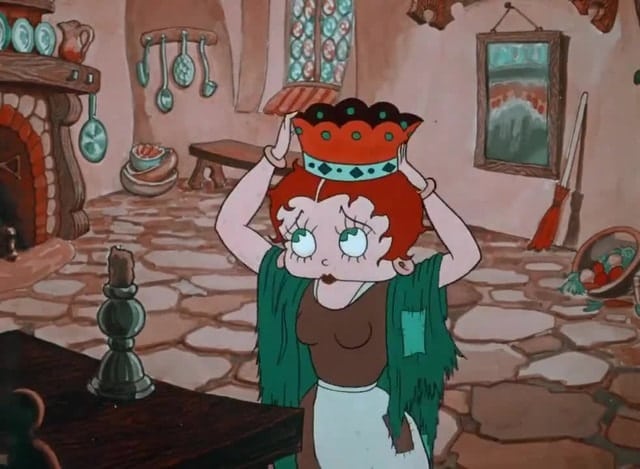
A Cultural Phenomenon
Toon Betty became a cultural phenomenon due to her celebrity status on screen. She was a unique character representing charm, sexuality and vivaciousness whilst still being comical but childlike, talking and singing in her signature baby voice. She was the only woman cartoon at that time with a fully developed mature figure with Oh la la curves, and foremost a sex symbol. Betty would entertain audiences reminiscent of a flapper dancer, and they loved how she reminded them of more carefree and hopeful times during the Jazz age. Her animated series caused quite a stir in it’s heyday with the publicity surrounding her comparing her to stars such as Greta Garbo. She was labeled an “overnight hit”, an “instant success” and an “icon” of the silver screen.
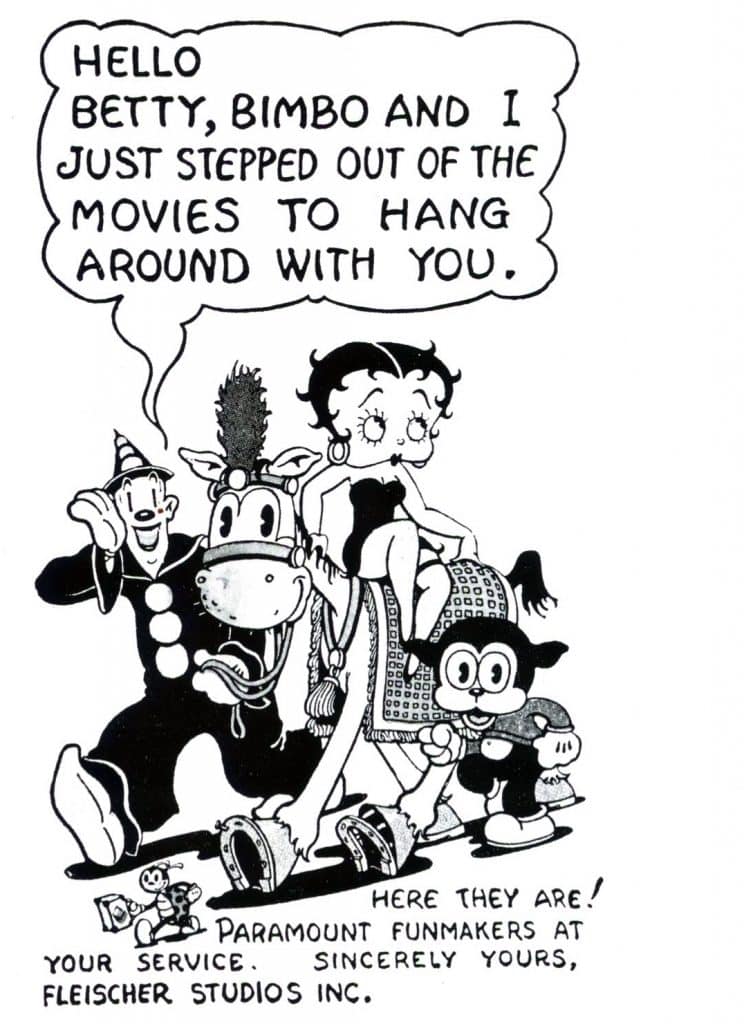
Her phenomenon continued when she started to appear in comic magazines from 1934-1937 with the help of Fleischer artists and distributed by King Features Syndicate. However some merchandising and memorabilia dated back to the 1930’s, however due to the “Hay’s code” her future was doomed as a flapper girl, causing her to “button up her mouth and her dress”, so her popularity declined and the series discontinued in 1939. Paramount took over Fleischer studios over contractual agreements amongst other things, and sold most of their pre 1950’s shorts to a television syndicate, but rebranding them to Famous Studios and then shutting down production, so she remained dormant until about 1955.
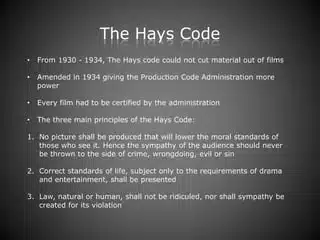
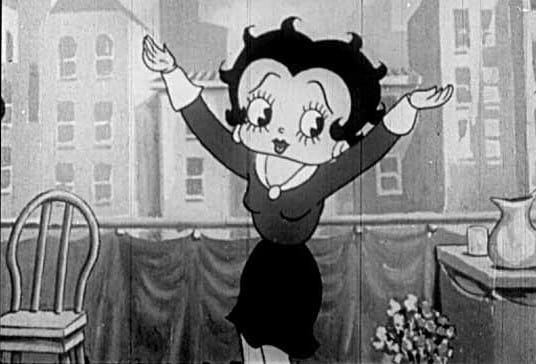
Under this new syndication, Betty’s films were revived – heading for full colour versions, despite the initial hiccups in colorization, changes to logo and copyright lines in titles, and made specifically for television during the 1960’s. It was post 1960’s that her film career was revived with the release of The Betty Boop Scandals of 1974, and then a compilation feature with “Betty Boop for President” to coincide with the 1976 presidential election. Enter the 1980’s when VHS tapes made popular for home viewing it created a new market for original films, which led to an eight volume set of “Betty Boop – the Definitive Collection”. However years later a cable television network known for American Movie Classics showcased several black and white Betty Boop classic cartoons, for viewers wanting to reprise her original character.
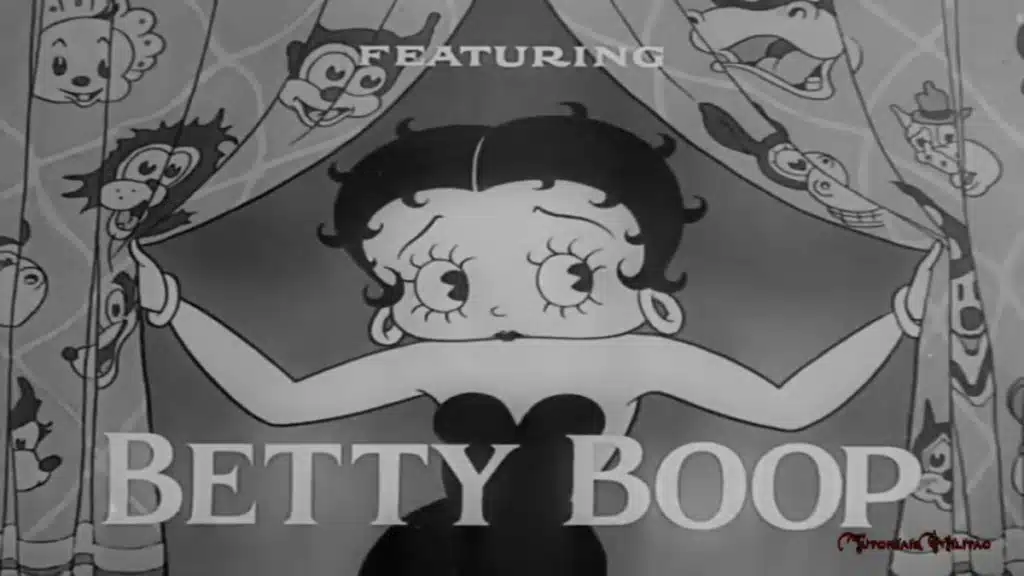
She returned to the silver screen in 1988 making an appearance as a black and white version of herself in Disney’s “Who Framed Roger Rabbit”. Incidentally she was rediscovered by marketers during this time with many not knowing her origins, yet her merchandising far outdistanced her exposure in films with her character again featured in her sexier form. She gained world wide popularity to a 21st century audience thus featured in stage productions, a football leagues fantasy cheer leader, and video games, just to name a few. Roger Rabbit enthusiasts can buy memorabilia items from this site online.
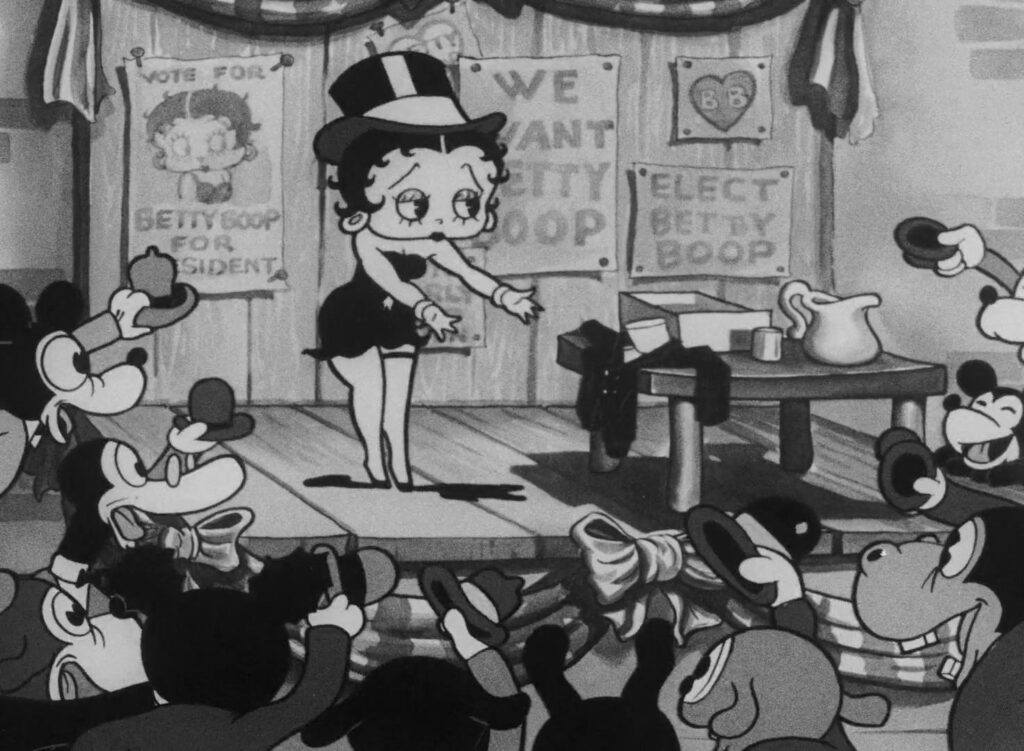
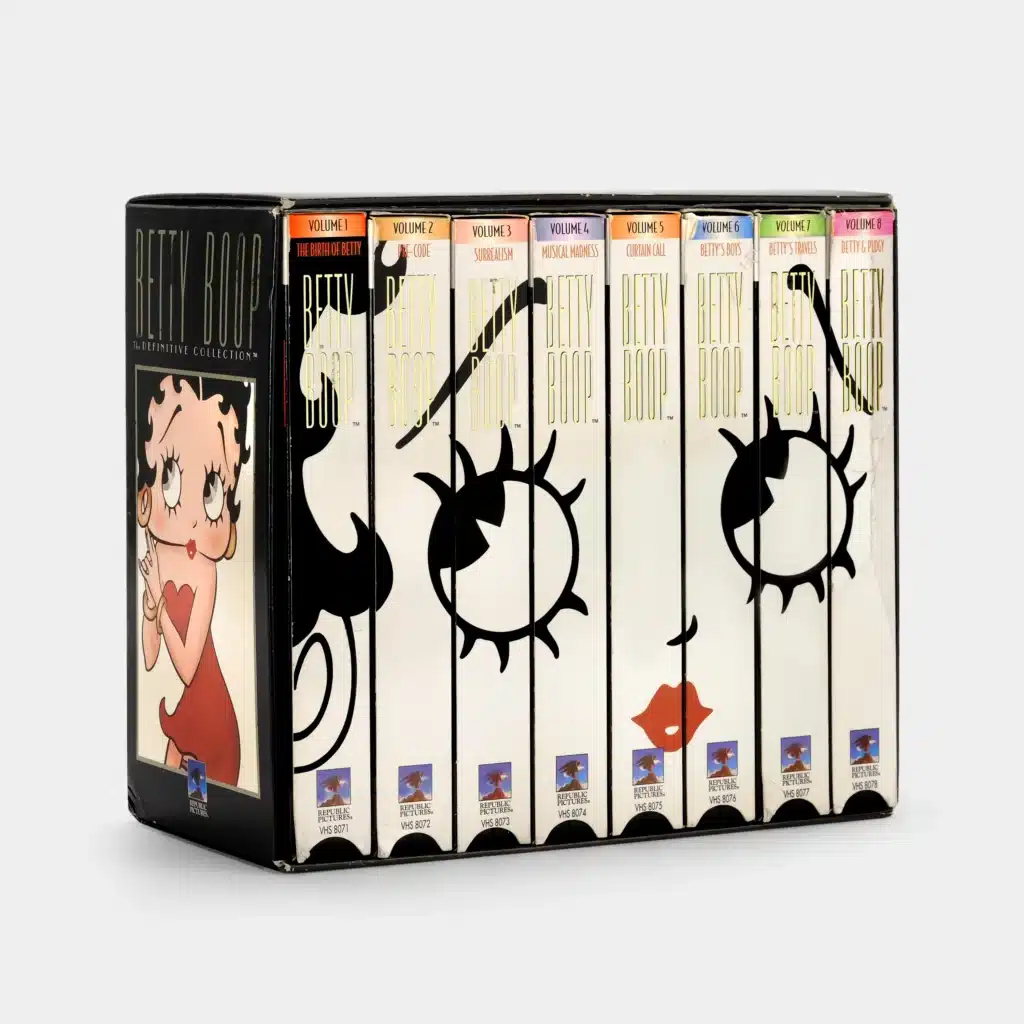
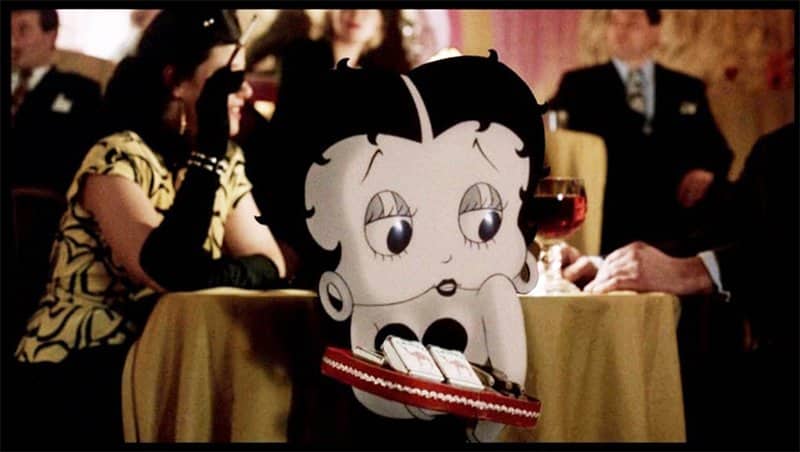
Toon Betty’s influence on other animations and popular culture is significant in many ways, but mostly as one of the first animated sex symbols of her time and playing a role in the sexual revolution of animation whilst challenging the prevailing norms during the Great Depression. With her distinctive high pitched voice and flirtatious but provocative demeanor, she was able to set a precedence for future animated characters leading towards more adult themes. She was a feminist icon representing independence and assertiveness while empowering female characters of her time. Her lively music and dance numbers in animation set a trend for future cartoons and animated films, while her popularity contributed to the overall success and acceptance of animation in the film industry, becoming an entertaining form of storytelling widely watched by audiences.
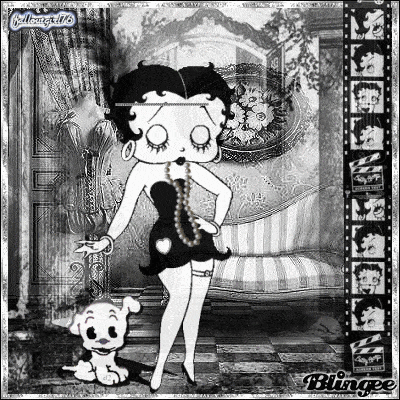
Betty’s image now widely used for merchandising and licencing products as her distinctive features and style made her a recognizable and marketable figure. She has influenced future animated characters with her own character traits and visual style, and this can be seen in the various female animated characters who followed in her footsteps. Leaving a legacy as a true cultural Icon that symbolized the carefree and glamorous spirit of the 1930’s, in movies, media and with references to contemporary popular culture.
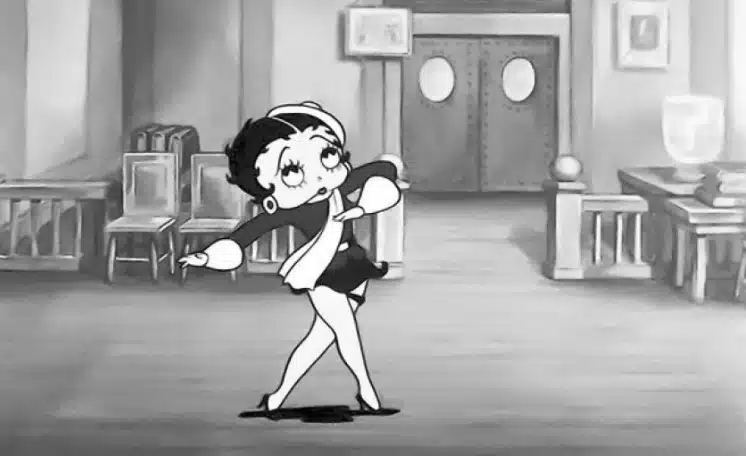
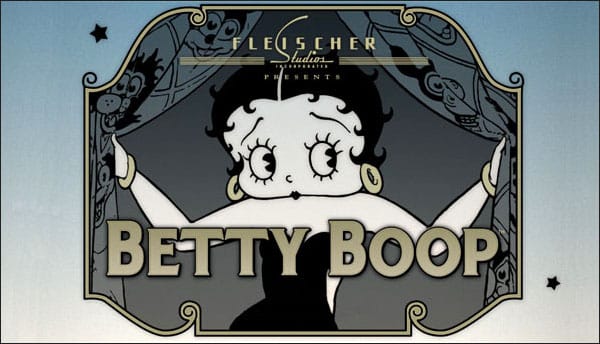
The importance and popularity of the Betty Boop character evolving over the years has appealed to various demographics or groups. During the Jazz Age her popularity soared amongst the younger generation, being independant, but with a spirit of rebelliousness against the social norms depicted in her character at the time, while embracing new attitudes towards fashion and music. Betty’s character represented a more liberated woman but initially embodied some stereotypes of femininity, while her independant but flirty nature made her a symbol of women’s changing roles in society, thus gaining popularity among women who saw her as a form of empowerment.
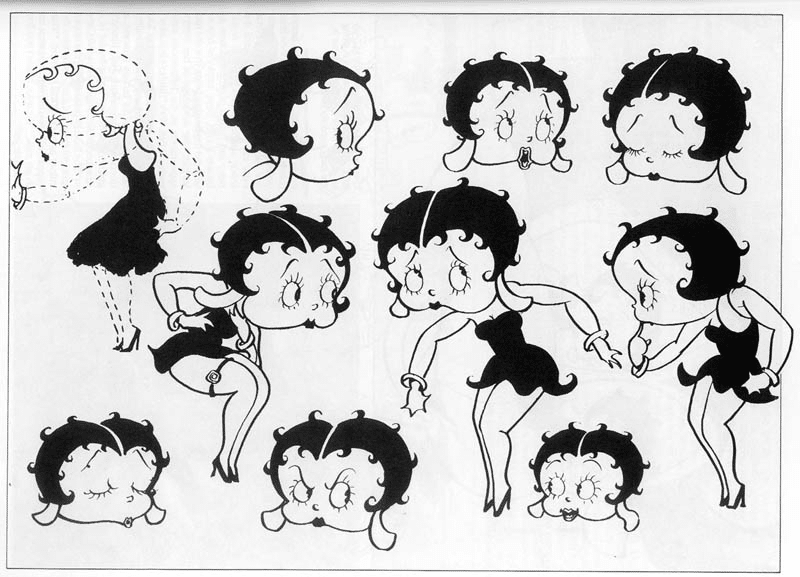
She was the darling of animation and one of the first animated characters to gain widespread popularity contributing to the acceptance of animation as a legitimate form of entertainment. Enthusiasts of all ages appreciated the innovation and creativity of her cartoons, with her influence in the industry, and the evolution of animated characters earned her a lasting place in their hearts. She remained in the memories of nostalgia seekers and the older generation who were drawn to her character and the golden age of animation entertainment. Her unique distinctive style resonated with many collectors and merchandise consumers looking for unique and recognizable products thus contributing to the popularity of Betty Boop merchandising. With reference to her image and character in various forms of media, films and television shows she appealed to a broad audience who were drawn on the characters cultural significance and nostalgic appeal. Betty has now gained recognition on a global scale going beyond the limits of borders and cultures as a timeless figure in animation, with audiences everywhere. Look at these unique memorabilia pieces available, including some mp3 music by Helen Kane.

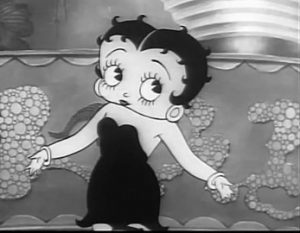
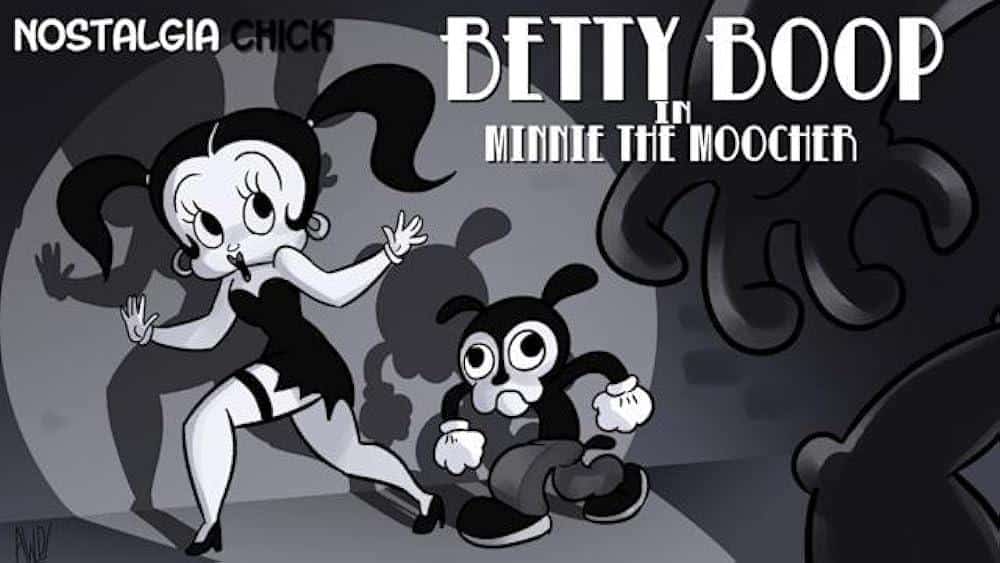
Exploring the creative processes behind the Toon character
The creative process behind Betty Boop involved a combination of cultural influences, technological innovations in animation, evolving societal norms, voice acting, and continuous adaptation to changing censorship standards. Her enduring appeal lies in the presentation of a specific era, her distinctive appearance, and her ability to adapt to changing times while retaining her iconic essence.
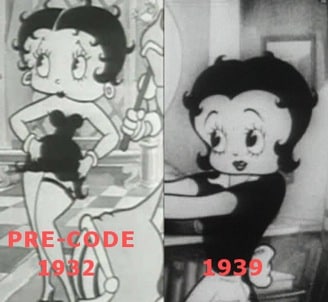
Fleischer studios became famous for their pioneering work in animation experimenting with live action footage and animation which in turn influenced the design of Betty Boop making her more human like, but relatable to the current revolution of jazz music and the changing social norms of the era. Her initial design (a prototype) of dog like appearance with droopy ears and a poodle nose, but transformed into a human like figure with exaggerated features such as a big head and a curvy figure. Her charm and appeal came about from her flirtatious confident persona and baby like high pitched voice mainly provided by Mae Questrel, but also by several others including Margie Hines, Kate Wright, Bonnie Poe, Harriet Lee and Anne Rothschild (aka Little Anne Little) between 1930 and 1939.
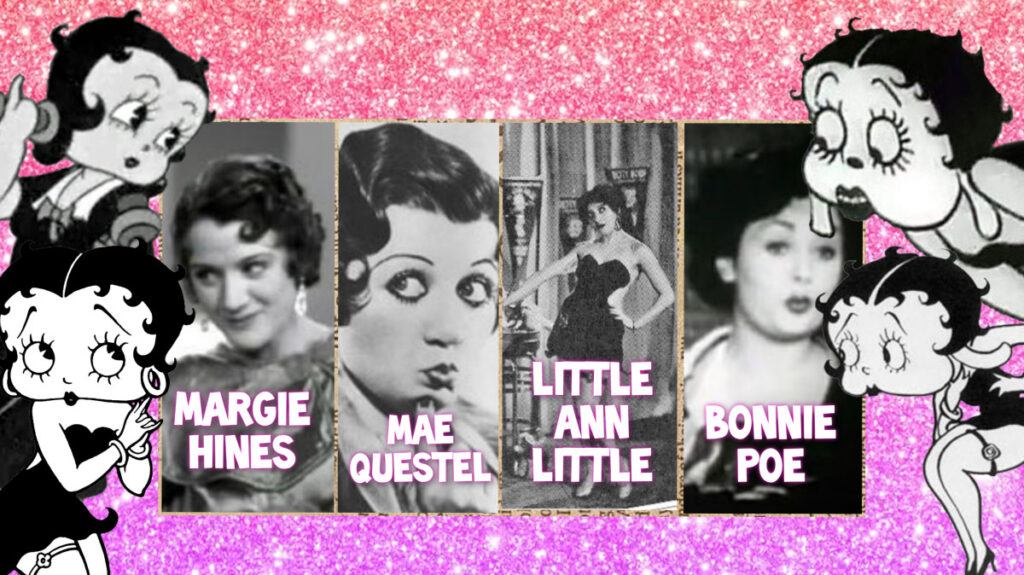
Her character later transformed due to evolving censorship standards, from risque and flirtatious, to a toned down version complying with stricter moral standards causing problems for future productions. This gradually saw the end of her cartoon popularity during that era, but much later she was reprised under new syndicate and licencing, coloring her “shorts” and bringing her back to life once more making memorable appearances in many animated shorts. Betty became a cultural icon over the years symbolizing the nostalgic roaring 20’s era with her image being used in fashion, merchandising and has even inspired contemporary art and music. Betty Boop movies can be bought online through this store, but only few currently do exist.
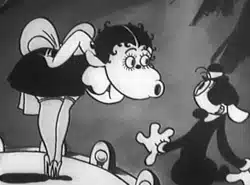
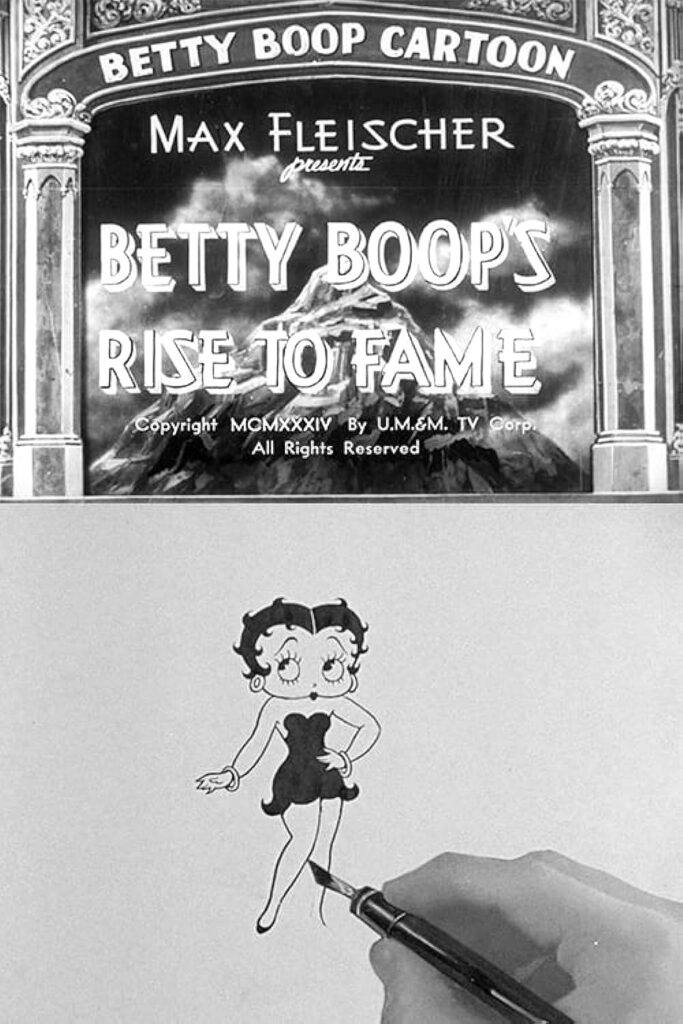
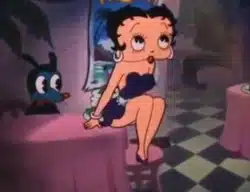
*As an affiliate - I may receive a commission if you click on a link and purchase through this site*
Many challenges occurred during the production of the animation of Betty Boop, but one in particular happened in May 1932, the voice actor Helen Kane sued Fleischer studios and Paramount for “intentional caricatures” meaning her character and image was exploited, creating unfair competition so she filed an infringement lawsuit against their Publix Corporation for $250,000. Her fame rose as the “Boop a Doop” girl as a recording, stage and film star for Paramount in the late 1920’s who replaced her by 1931, and at the same time facilitating the development of the Betty Boop films. The case filed in New York in 1934 with Max Fleischer testifying that the character was purely a figment of his imagination as detailed by a staff member.

However, Miss Kane was seen performing at a Theater in New York as an African American child – mimicking Baby Esther’s style – who sang scat lyrics to “Boop Oop a Doop”. Esther Jones used a similar vocal style in her performance in 1928 at Midtown Manhattan and was seen at her performance by Esther’s manager. Jones was unavailable for the trial, so her manager stepped in producing an early test (sound on disc film) featuring Esther performing in that style, as evidence. Some say Kane was inspired by Baby Esther (as was Clara Bow, at that time) but she, was a copy cat of her. After this significant legal battle it was ultimately decided in favour of Fleischer studios with the court ruling that Betty Boop was not a direct imitation of Kane’s character but a composite character inspired by various sources, with not enough evidence to support Kane’s claim of a grant. Despite the outcome of the lawsuit, this legal battle brought much attention to both stars contributing to their continued popularity at the time. Incidentally, this highlighted the debate over the creation and ownership of characters in the entertainment industry.
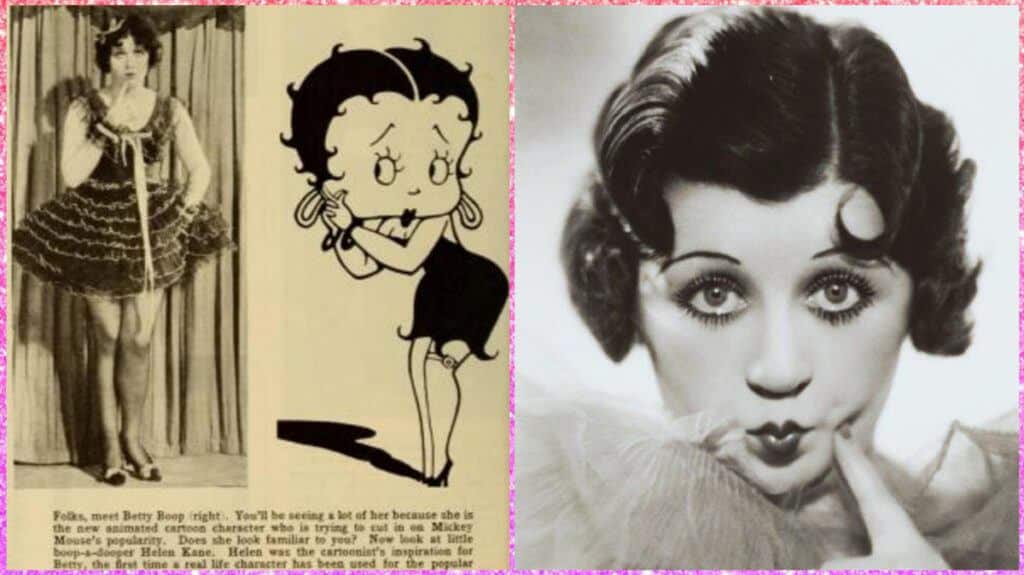
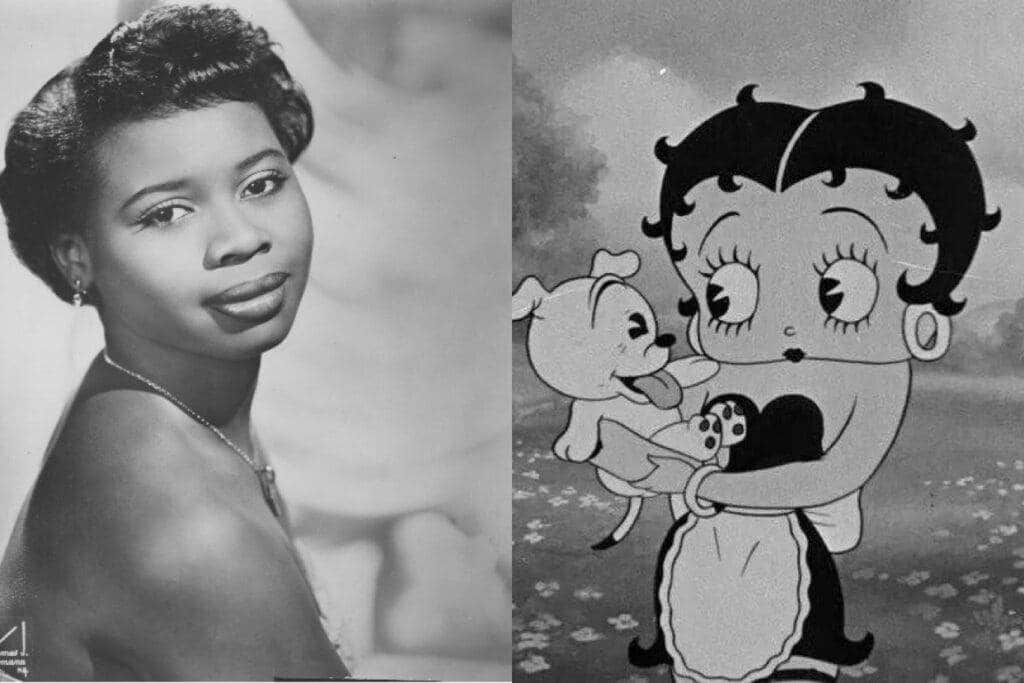
Other significant challenges included strict censorship guidelines and public pressure as well as working with limited technology, hand drawing each frame of animation was very time consuming. In addition, sound technology proved to be a challenge for producers as incorporating sound with animation was indeed a new frontier for them. Despite the challenges, her accomplishments meant that her success led to extensive merchandising and licencing opportunities in the future incorporating her image in clothing, toys and other products contributing to her appealing qualities.
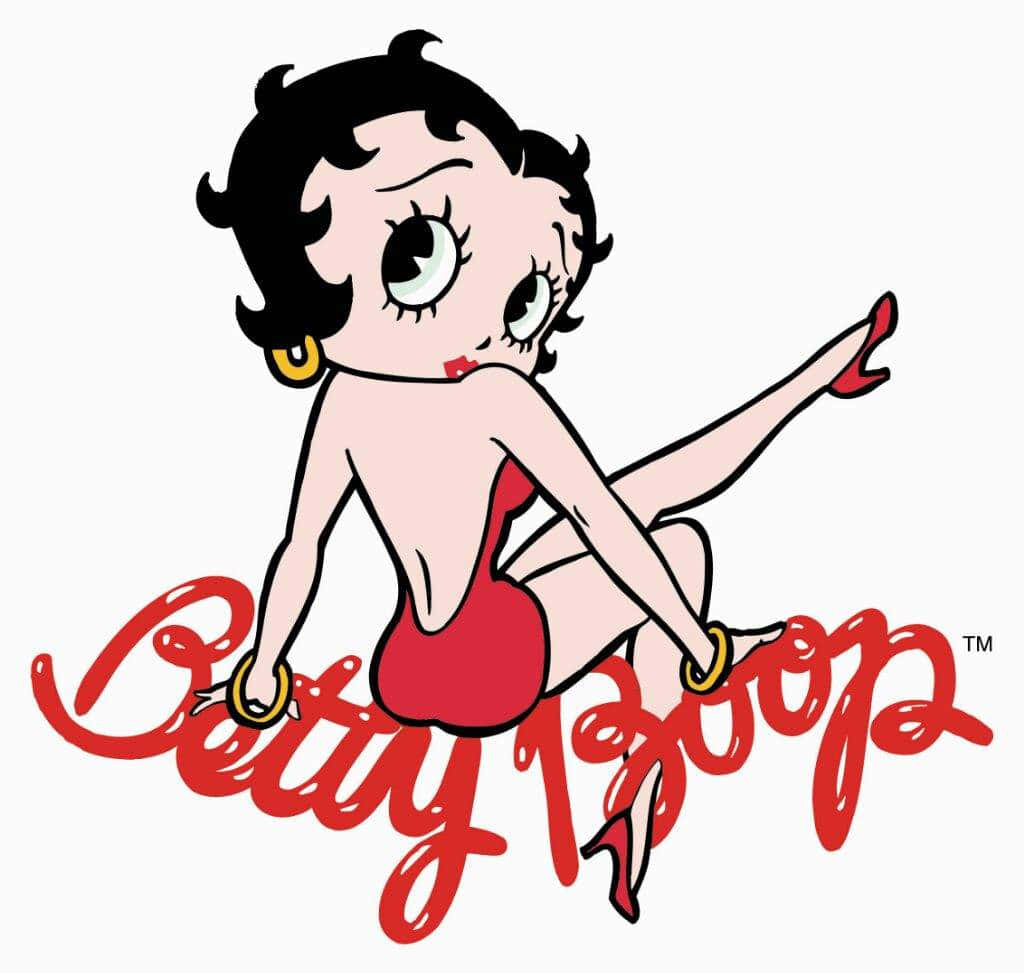

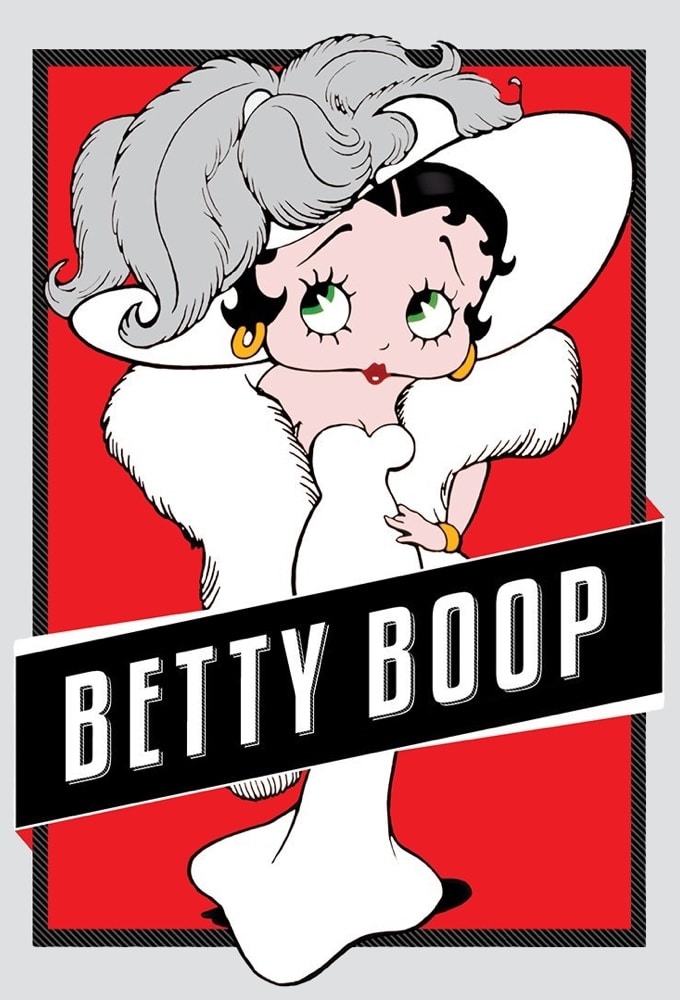
Characters like Toon Betty Shaping the future of Animation
Betty Boop played a Pivotal role in shaping the history and evolution of animation in several ways. She was one of the earliest animated characters to achieve widespread popularity. Her charm, distinctive appearance and unique personality resonated with audiences, contributing to the success in early animation, and her character helped establish a foundation for the animation industry’s growth. For those Betty Boop lovers of memorabilia, there is a wide range available online which can be purchased here, as well as through this store, but keep in mind you are purchasing under a licensing brand – so prices may be higher for this type of merchandise.
Betty’s character design was quite innovative for it’s time. Her exaggerated features, large eyes and playful demeanor set her apart from other characters. She influenced the development of animation styles with her design and evolution setting a precedence for future animated creations. Fleischer studios pushed the boundaries in technology with her creation and by using the “rotoscope” to create more fluid and realistic movements meant they ensuingly contributed to advancements in animation technology.
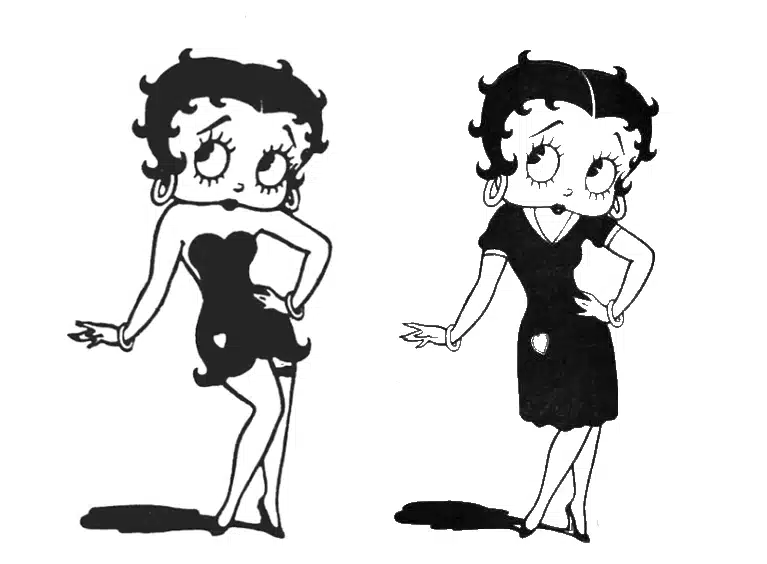
The evolution of Betty went from a being a carefree flapper to a transformed woman reflecting the mirrored shifts in societal values, demonstrating how animated characters could reflect and adapt to cultural changes. Her character continues to influence animation and popular culture, inspiring subsequent generations of artists and animators. This is evident with the continued creation of memorable, diverse and culturally relevant animated characters across various mediums. But overall, her character played a crucial role in the development and progression of animation by shaping character design, technological advancements, cultural representation, and leaving a lasting imprint on the industry of animation.
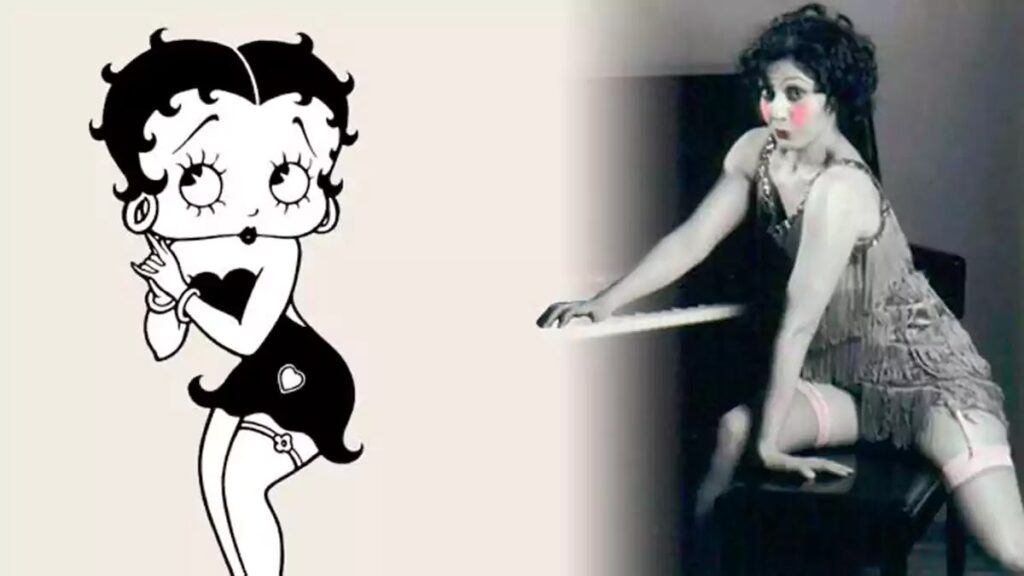
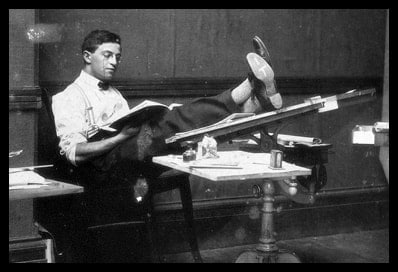
Toon Betty’s influence did evolve over time, however some potential trends and influences in animation sparked by her character include her iconic design and physical features which influenced subsequent character designs as did her expressive nature. This set a precedence for animators to create characters with distinctive personalities from their appearance and movements. Her confident demeanor paved the way for more empowered female characters in animation encouraging diversity in character roles and influencing the portrayal of women in cartoons. Her creators innovative animation techniques, including the use of three dimensional backgrounds, contributed to advancements in animation thus inspiring future animators to explore new methods. The combination of adult themes and humor challenged the conventions of acceptance in animated content during that era, but this influence was seen to cater to a wider audience in modern animated films, blending humor for all ages.
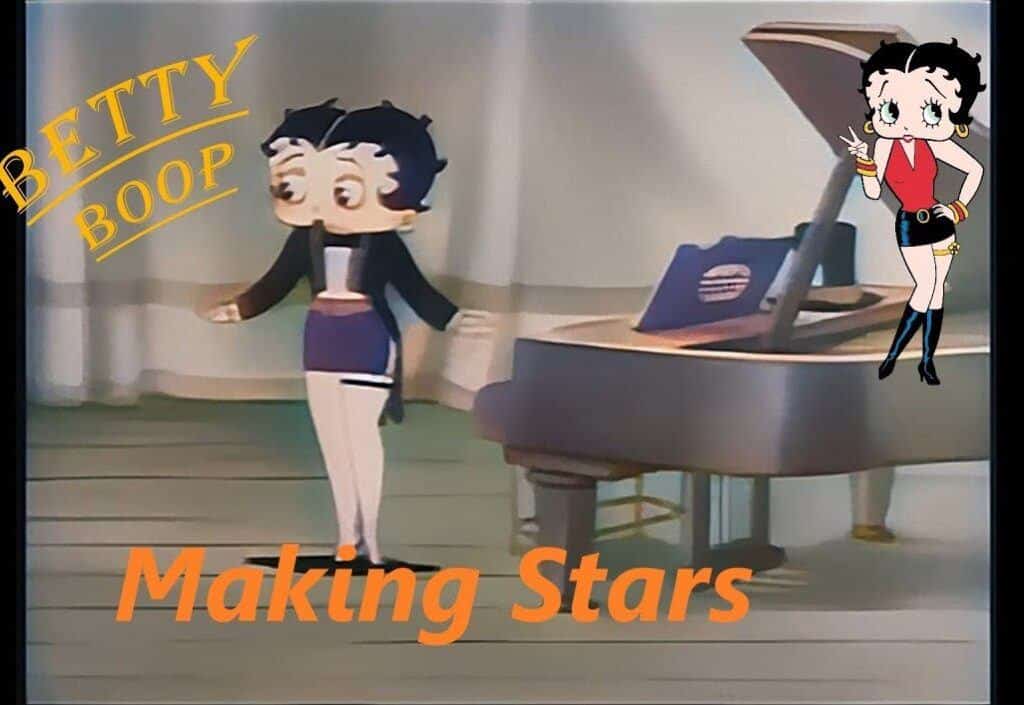
Betty’s style and fashion sense of the Jazz Age influenced fashion trends and future animated characters, and her references to contemporary pop culture highlighted the potential for animation to reflect current trends. With her constant popularity and cultural impact Betty’s character has been kept relevant through various forms of media, merchandise and adaptations. Her legacy continues to inspire artists, animators and storytellers, influencing the creation of new characters and narratives.
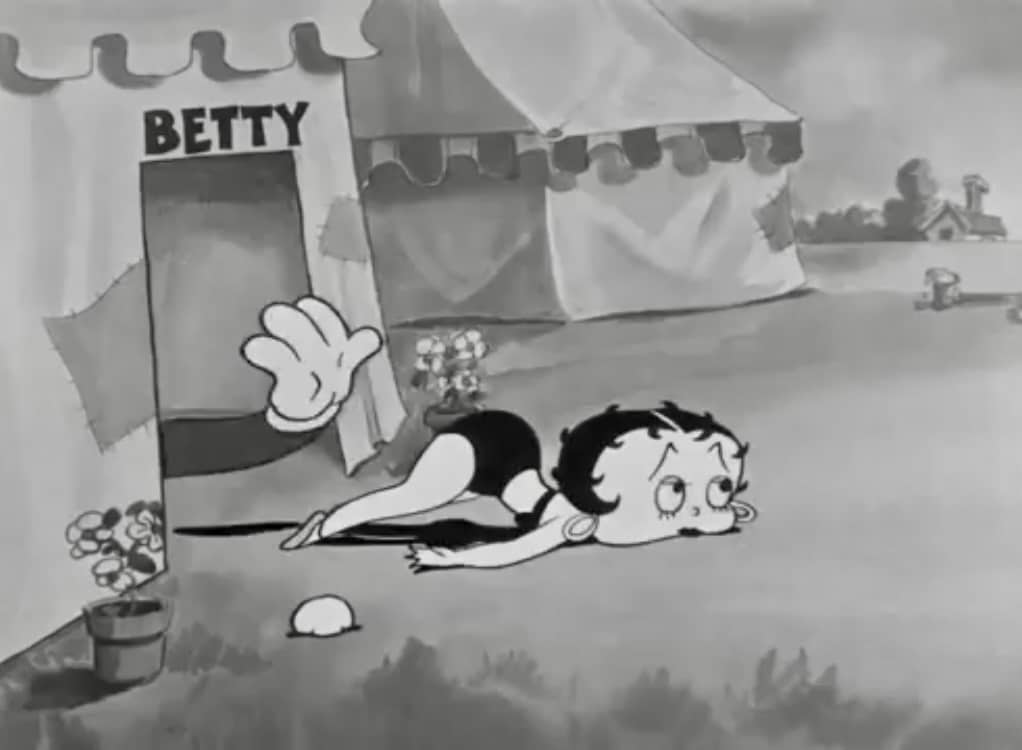
The trends set by classic characters like Betty Boop continue to evolve in today’s world of animation. Animators and creators draw inspiration from her, pushing boundaries, experimenting in storytelling techniques and creating diverse compelling animated content across various platforms. With the continued emphasis on advancements, this further shapes the influence and essence of characters like Toon Betty on contemporary animation.
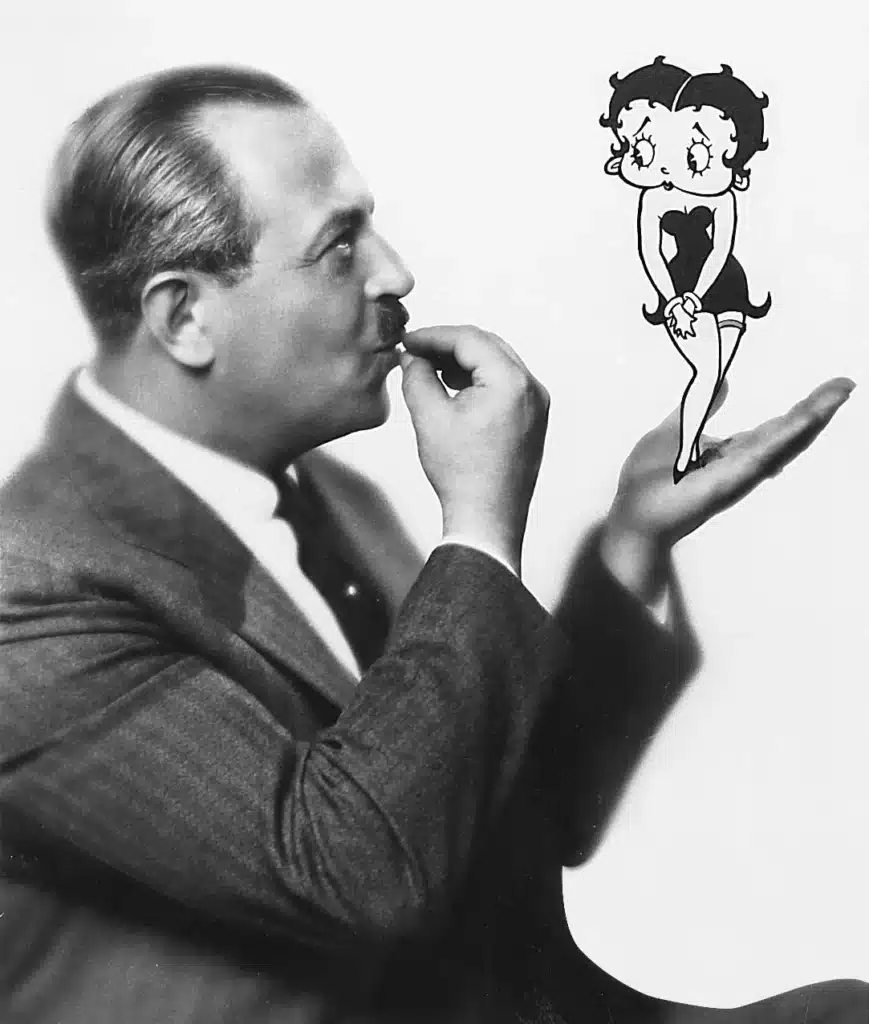
With everything said about the Toon character of Betty Boop, I hope you enjoyed this trip back to the age of her flapper character as much as I did. Cheers.
With regards,
Helen
Connect with us on our socials or get in touch below:
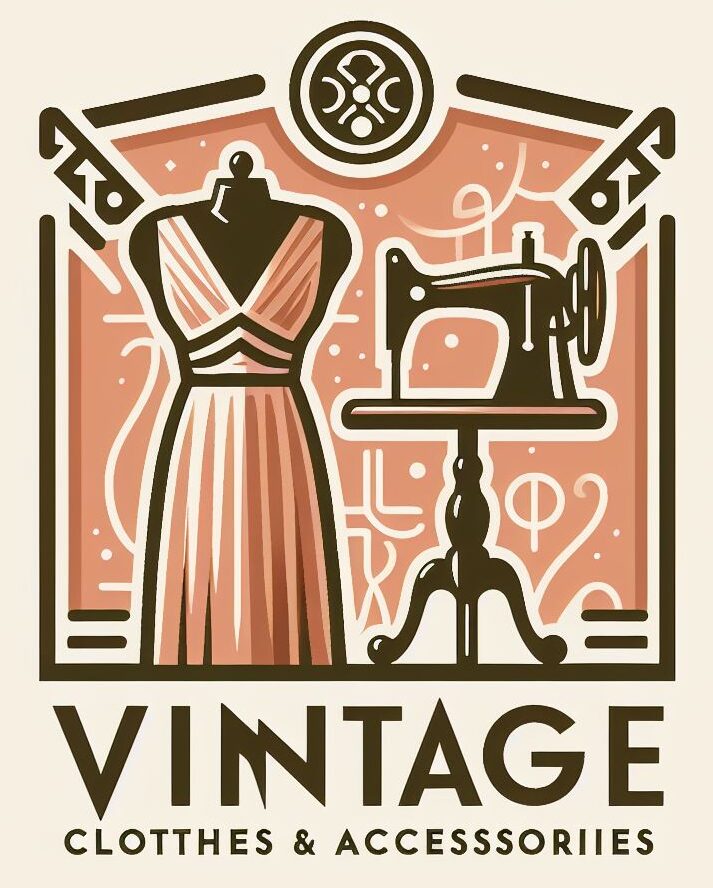
Hi Helen.
Your article has given me a little of history of cartoons and animation. Now I’m better than before I read your article. Your article has a sea of text. People like to see some images relating to what the article is all about . Two to three images within your text would have made it more attractive to the eyes.
I Have also learned that people don’t like reading long paragraphs. They easily get discouraged. If Possible try and limit your paragraphs to around 5 -7 lines. Otherwise interesting read.
Thank you
Richard
Hi Richard, thanks for your comment. I understand what you are saying, however i needed to add the details to explain the story as much as I could. I also thought that I had put ample photos in between each new topic, however I have updated it now, so you can re check it if you like? I am still have to re watch the training on how to put images on the side and will endeavour to alter if i can.